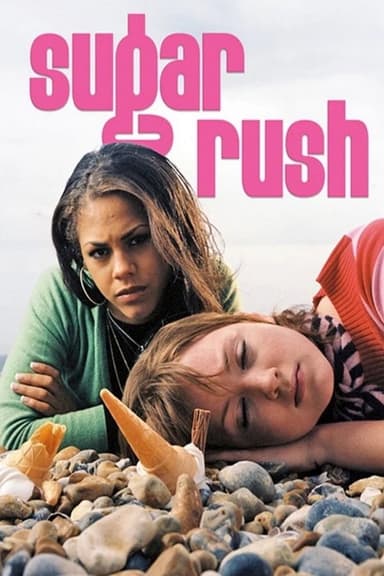
Boney
1972 • Drama
Boney is an Australian television series produced by Fauna Productions during 1971 and 1972, featuring James Laurenson in the title role of Detective Inspector Napoleon Bonaparte. Two series, each of thirteen episodes were filmed.
The series is centred on Bonaparte, a half-Australian Aboriginal character, created by Arthur Upfield, who wrote twenty nine novels about him from 1929 until his death in 1964.
Why you should read the novels
Before you stream the 1972 TV series Boney, discover the original Arthur Upfield novels that created Inspector Napoleon “Bony” Bonaparte. These classic Australian crime books deliver immersive outback atmosphere, layered mysteries, and cultural nuance you won’t get on screen.
Upfield’s prose brings the bush to life—red dust roads, heat mirages, and quiet country towns where secrets take root. Each novel sharpens Bony’s unique blend of patient observation, forensic logic, and bushcraft, rewarding readers who love think-it-through puzzles and slow-burn suspense. If you enjoy Australian crime fiction, these Bony novels are essential reading.
Whether you prefer ebook, audiobook, or paperback, starting with titles like The Barrakee Mystery, The Bone Is Pointed, or Death of a Lake will show why the Bony series remains a cornerstone of outback detective fiction. Read the source, and experience the full depth of the character and country.
Adaptation differences
Time period and tone shift: Arthur Upfield’s Bony novels are largely set from the 1930s to the 1950s, steeped in interwar and mid-century Australian life. The 1972 TV adaptation updates settings, technology, and police procedure to a contemporary 1970s feel, changing the stories’ social texture, pacing, and stakes.
Character and identity: In the books, Bony is a biracial Aboriginal–European detective whose identity, cultural knowledge, and lived experience are central to the investigations. The series, retitled Boney, cast a non-Indigenous actor and softened or reframed elements of his heritage and interior life, reducing the nuanced exploration present on the page.
Plot structure and detail: The novels build intricate cases through patient fieldwork, nuanced witness interviews, and long stretches of observation in the bush. Television condenses plots into episode runtimes, merges characters, simplifies motives, and sometimes alters endings or locations—delivering faster action but fewer layers of inference and less of Bony’s methodical reasoning.
Worldbuilding and voice: Upfield’s narrative voice—rich with landscape description, cultural context, and Bony’s reflective inner monologue—anchors the books. The adaptation emphasizes visual spectacle and procedural beats, inevitably trading the novels’ introspection, bushcraft minutiae, and ethnographic detail for on-screen immediacy and episodic accessibility.
Boney inspired from
The Barrakee Mystery
by Arthur Upfield
Bony and the Mouse
by Arthur Upfield
Bony Buys a Woman
by Arthur Upfield
The New Shoe
by Arthur Upfield
The Sands of Windee
by Arthur Upfield
Death of a Swagman
by Arthur Upfield
The Man of Two Tribes
by Arthur Upfield
Murder Must Wait
by Arthur Upfield
The Mystery of Swordfish Reef
by Arthur Upfield
Madman's Bend
by Arthur Upfield
Wings Above the Diamantina
by Arthur Upfield
The Battling Prophet
by Arthur Upfield
Death of a Lake
by Arthur Upfield
The Bachelors of Broken Hill
by Arthur Upfield
An Author Bites the Dust
by Arthur Upfield
Bony and the Kelly Gang
by Arthur Upfield
The Widows of Broome
by Arthur Upfield
Bony and the White Savage
by Arthur Upfield
The Will of the Tribe
by Arthur Upfield
The Bushman Who Came Back
by Arthur Upfield
Bushranger of the Skies
by Arthur Upfield
Venom House
by Arthur Upfield
The Bone Is Pointed
by Arthur Upfield
Mr. Jelly's Business
by Arthur Upfield
Cake in the Hat Box
by Arthur Upfield








